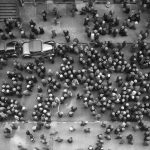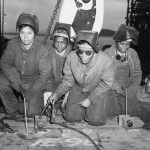In the world of historical photography, many images have sparked curiosity and debate over their legitimacy. One of the most talked about is a picture that supposedly shows a young Adolf Hitler in a crowd celebrating the start of World War I.
This photo, taken in Munich’s Odeonsplatz on August 2, 1914, was heavily used in Nazi propaganda to portray Hitler as a passionate German patriot. However, the authenticity of this image has been called into question over the years.
Was Hitler truly in that crowd, or is this another case of manipulation in the service of a political agenda?
The Context: Germany Declares War
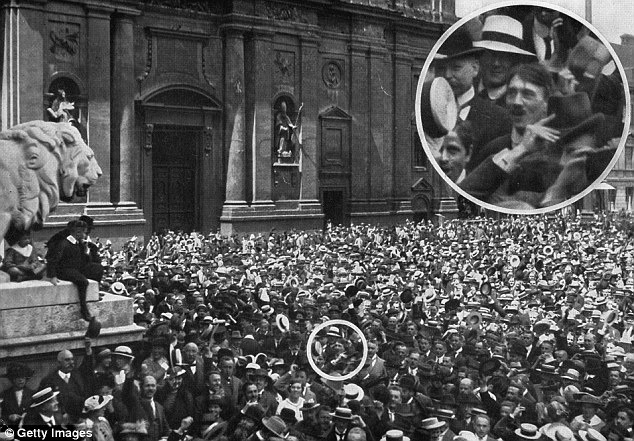
Hoffmann photograph supposedly showing Hitler celebrating the outbreak of World War I in the Odeonsplatz in Munich. The authenticity of the photograph is disputed.
On August 1, 1914, Germany declared war on Russia, leading to mass celebrations in major cities. The following day, a large rally was held in Munich’s Odeonsplatz, where a soldier read the proclamation of war to an excited crowd.
In this image, which would later become iconic, a figure claimed to be Adolf Hitler can be seen among the cheering masses.

The photo, taken by Heinrich Hoffmann, who later became Hitler’s personal photographer, surfaced in 1932, just before Hitler’s run for the presidency.
It played a critical role in shaping his image as a man deeply committed to Germany, even in his youth.
The Photo’s Role In Nazi Propaganda
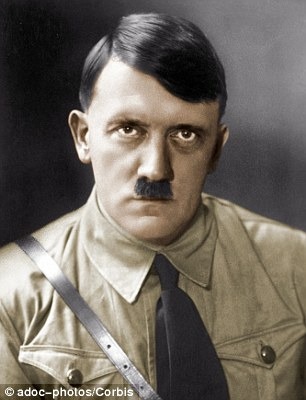
In the years leading up to World War II, Nazi propagandists heavily relied on images to craft Hitler’s public persona. The image of Hitler at Odeonsplatz was featured in Nazi publications with captions such as, “Adolf Hitler, the German patriot with blazing eyes.”
This image was repeated in newspapers, propaganda papers, and schoolbooks, helping to build the myth of Hitler as a man of the people.

Hoffmann later claimed that he discovered Hitler in the photograph by accident after a conversation with him in 1929.
Supposedly, Hitler mentioned being in Munich during the war declaration, prompting Hoffmann to dig through his archives to find this now-famous image.
Is The Image Manipulated?
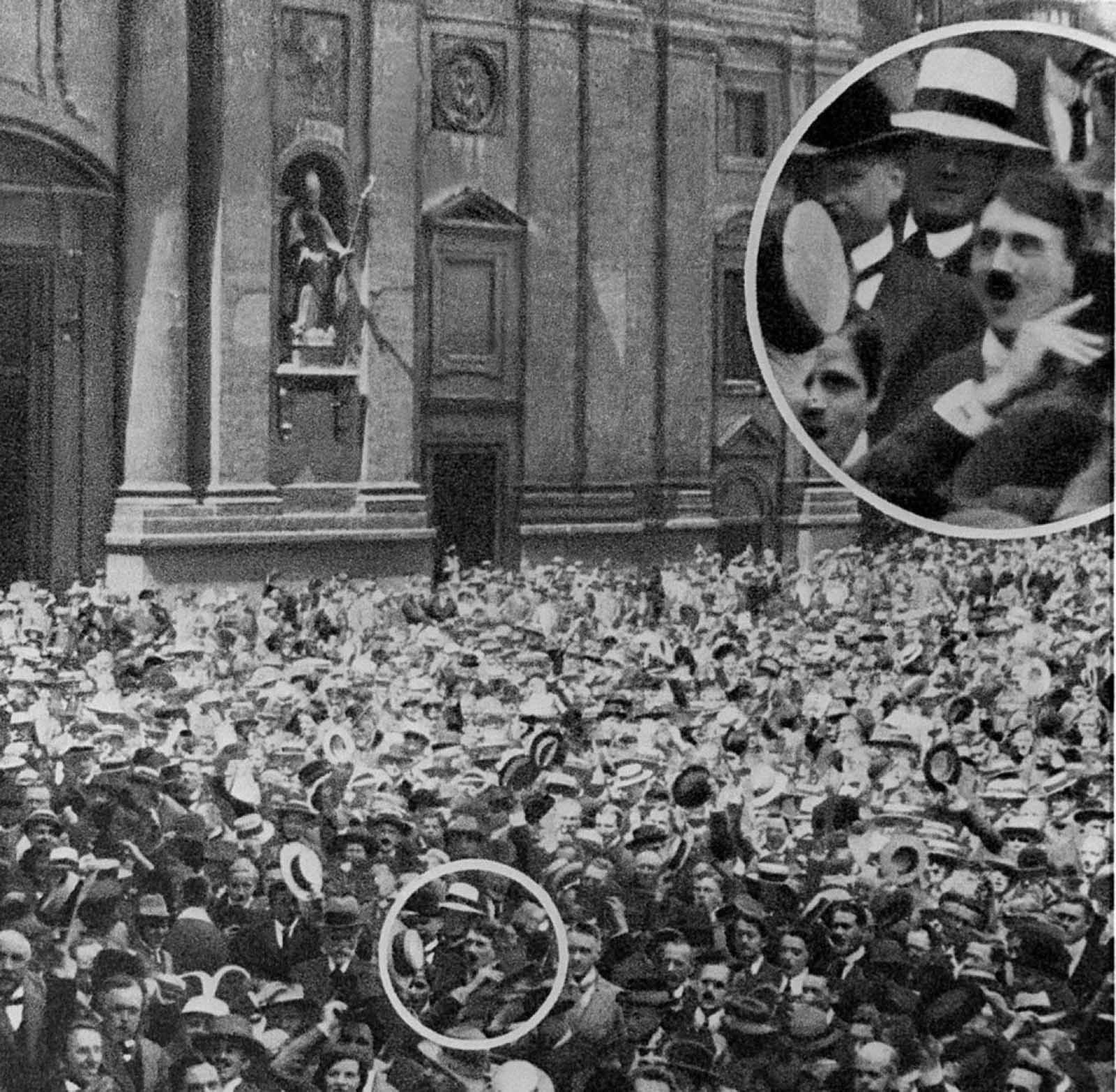
Over time, historians and researchers have raised serious doubts about the authenticity of this photo. One of the most significant issues lies in the lack of an original negative.
Despite intensive research, the original photograph has never been located. This started suspicions that the image was altered.
The style of Hitler’s mustache in the photograph also raises questions. In 1914, Hitler was known to sport a fuller mustache, similar to what many men wore during that time.

He only trimmed his mustache into the familiar “toothbrush” style later, when serving in World War I, as it allowed a gas mask to fit more comfortably.
If the 1914 image does indeed show him with a smaller mustache, it would seem historically inaccurate.
The Question Of Timing And Hitler’s Own Account
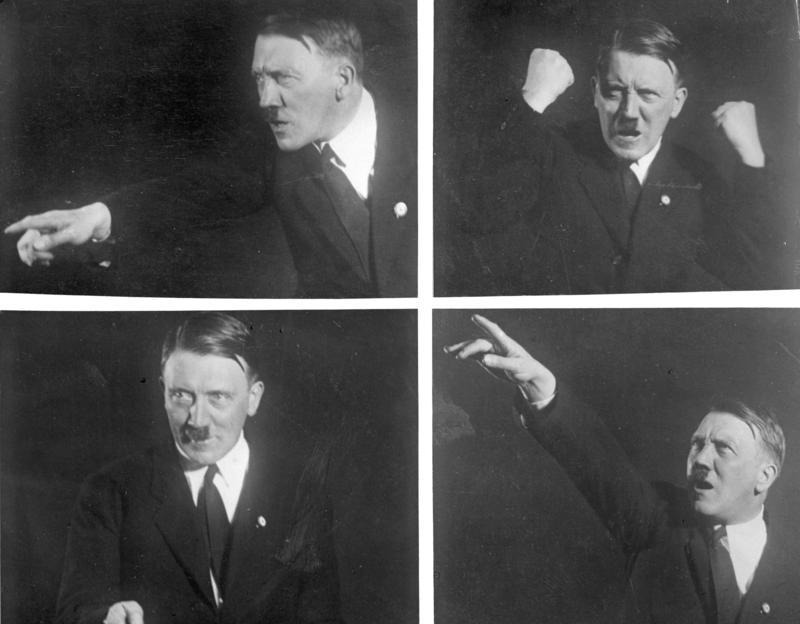
Interestingly, in Mein Kampf, Hitler’s 1925 autobiography, he does not mention being at Odeonsplatz on August 2, 1914. Instead, he recalls petitioning the King of Bavaria the following day to allow him, as an Austrian, to fight for Germany.
This absence of mention adds to the suspicion surrounding his supposed presence in the famous photograph.
Historians have also combed through newsreel footage from the day of the rally, and despite thorough analysis, no one has been able to definitively identify Hitler in any of the moving images.
This discrepancy between visual records further clouds the authenticity of Hoffmann’s image.
Did Heinrich Hoffmann Manipulate The Photo?
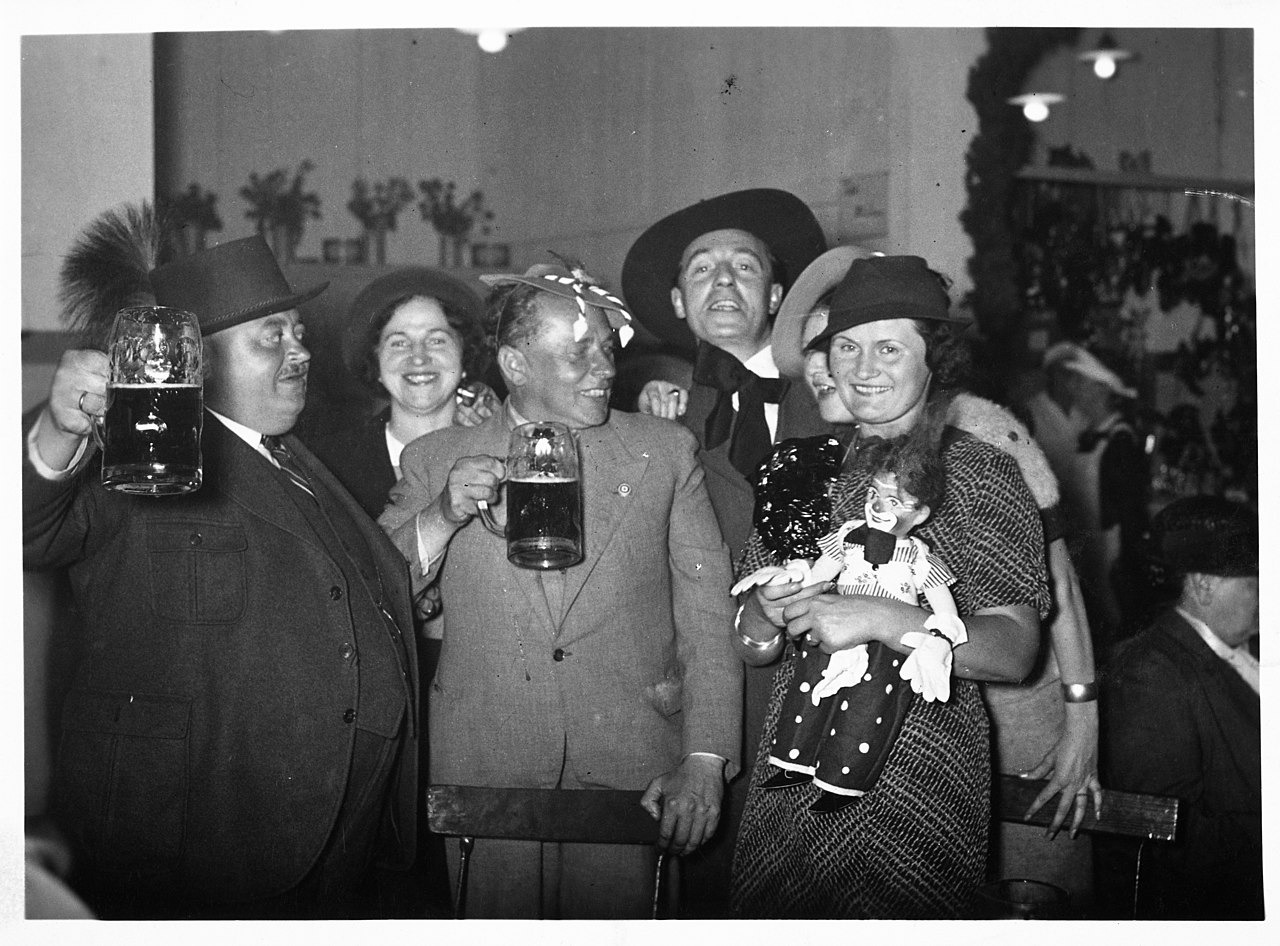
Hoffmann’s role in shaping Nazi propaganda has long been recognized, and experts believe it would not have been difficult for him to superimpose Hitler into the 1914 crowd scene.
The potential manipulation may have been intended to enhance Hitler’s image during his rise to power in the early 1930s.
In fact, some historians believe the image may have been retouched or altered to make Hitler more recognizable to the German public in the 1930s.
This theory is supported by the fact that no solid evidence places Hitler in the crowd that day beyond Hoffmann’s claims.
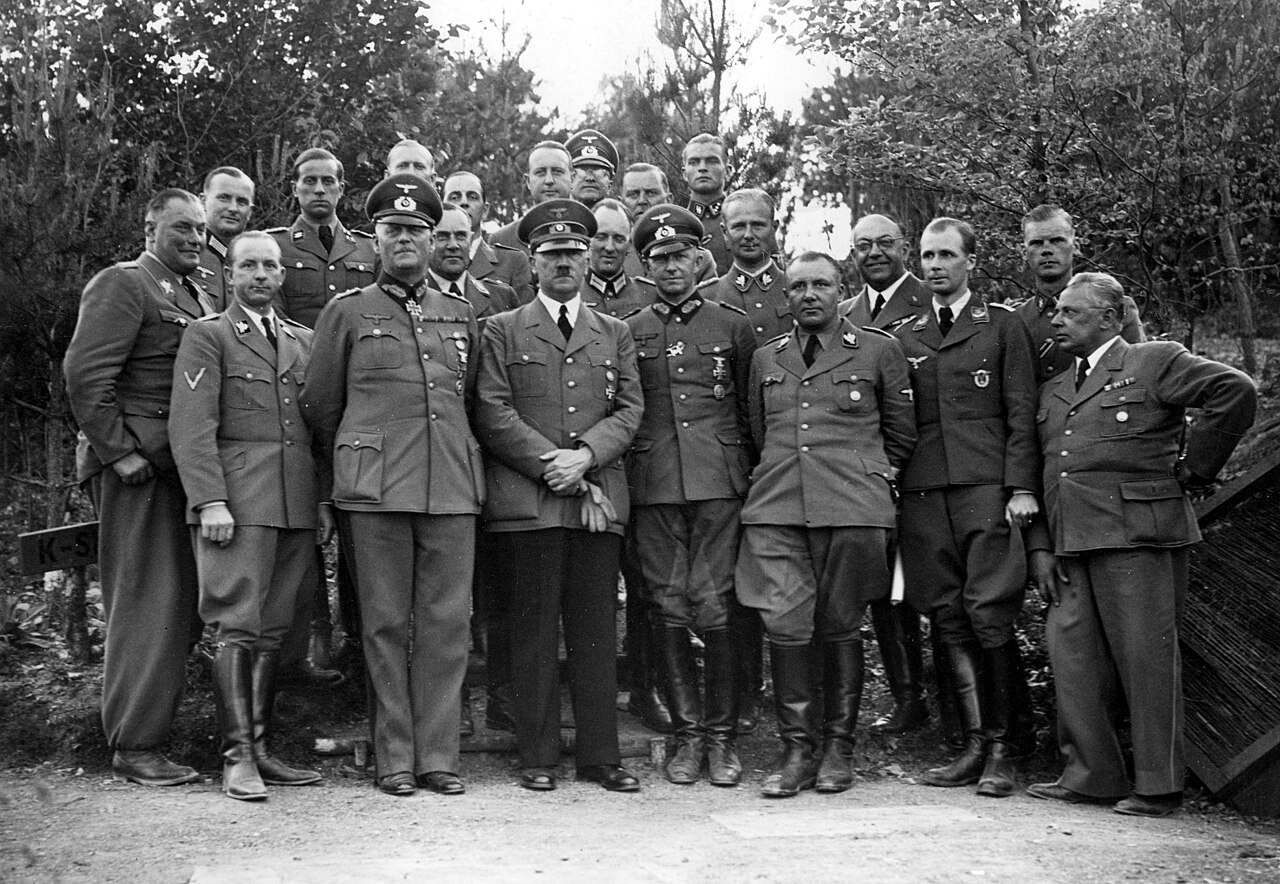
While it’s impossible to definitively prove whether the photograph is genuine or a clever fabrication, the growing evidence suggests the image may have been altered to suit the Nazi regime’s narrative.
The perfect alignment of Hitler’s appearance, the missing original negative, and the discrepancy in his mustache style all point to the possibility that this moment was crafted for political purposes.
Though it remains uncertain, the consensus among many historians is that the photograph is at least partially manipulated.
Whether or not Hitler was physically present in Odeonsplatz on that day, the image served its intended purpose—solidifying his image as a loyal German patriot.

